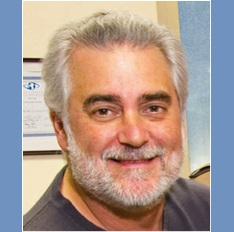The topics of scientific inquiry and nature of science are the major foci of our work in the Department of Mathematics and Science Education at Illinois Institute of Technology (IIT) in Chicago.
For example, we worked on the High School Transformation Project (HSTP). HSTP was dedicated to changing the way science is taught at 23 Chicago high schools. We designed curricula in biology, chemistry, and physics that enhance foundational science knowledge, inquiry skills and knowledge, and nature of science through authentic and relevant learning experiences.
For example, in a class lesson designed to learn atomic structure, students had to follow various learning steps: Read the related book chapter; answer questions like “What are living things made up of?” and “What are elements made of?”; work hands on with true objects (in this case beans, peas and strings) to represent the atomic structure, and so on.
To ensure the success of the HSTP program, we provided each participating teacher with continuous and intensive support including on-site, expert, experienced instructional coaches, science faculty and graduate students. There were weekly networking meetings for all teachers. Scientists and educators from IIT and the Field Museum provided monthly professional development. Materials and activities were designed to specifically connect with each school’s diverse cultures and community interests.
————————————————————————————————————————————
Internship zone
I hosted Christian Strippel from the Chemistry Education group at Ruhr-University Bochum for his RESOLV internship in two stints: Fall 2014 and Spring 2016. During his first stay at Illinois Institute of Technology (IIT), we discussed preliminary ideas on the RESOLV exhibition and it was exciting to see how these ideas turned into the exhibition “Völlig losgelöst”. We also worked with Christian on a paper about research on teachers’ implementation of scientific inquiry in German Chemistry classrooms, which was recently published in the International Journal of Science Education.
————————————————————————————————————————————
Currently at IIT, we are conducting an international study on seventh grade students’ views about scientific inquiry. Science education researchers have been so far disappointed at what students learn about inquiry in schools, but this has been a feeling mainly based on perception. In fact, until recently, there has never been a comprehensive valid and reliable assessment of students’ understandings of inquiry. The Views About Scientific Inquiry (VASI) was developed at IIT and we are now working with researchers all over the world (i.e., 18 countries) to get a baseline assessment of what seventh grade students understand about inquiry. This will lead to a better idea of how we can engage the next generation with the practices and processes of science – be it as future scientists or as citizens in a global society influenced by science and research.
*The host is a new series of blog posts, revealing the perspective and the work of the scientist hosting RESOLV students for an internship.
————————————————————————————————————————————
About the author



